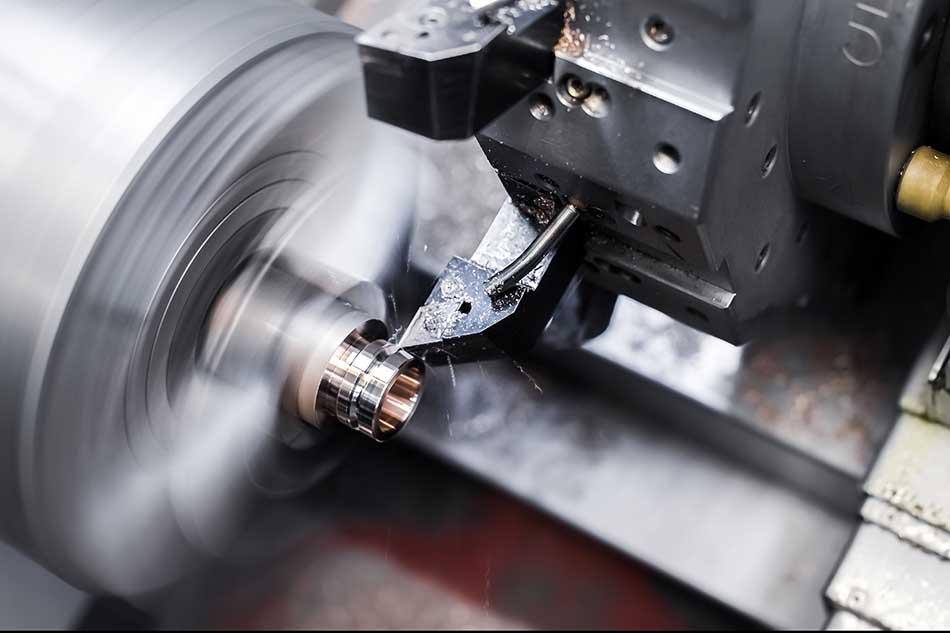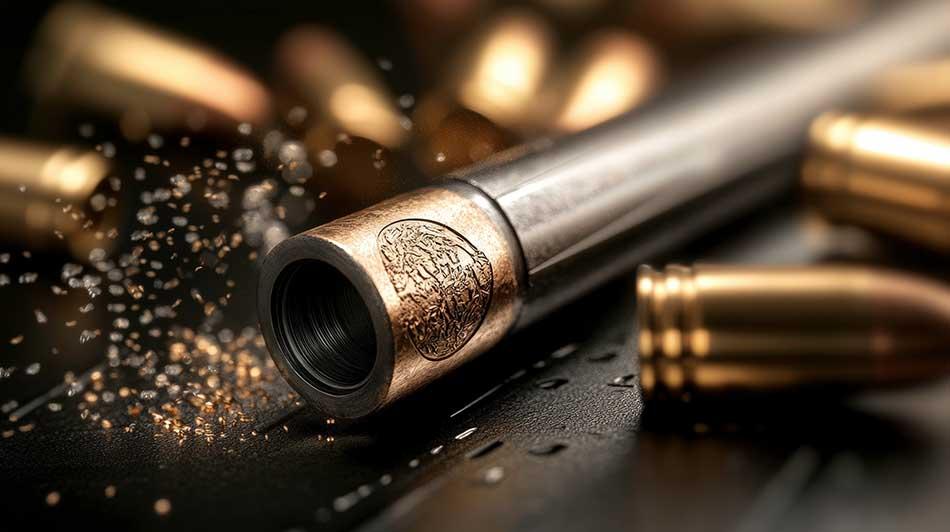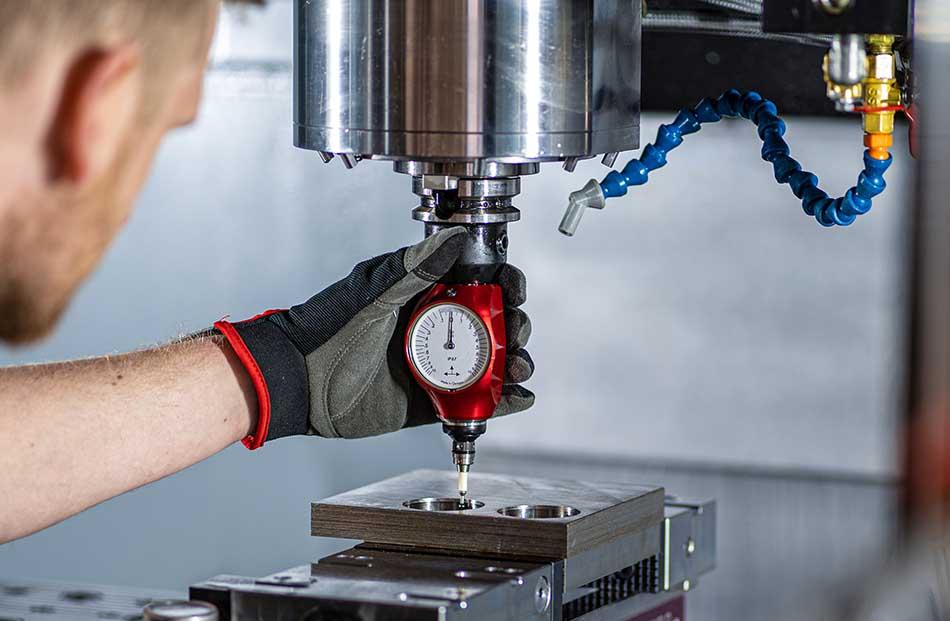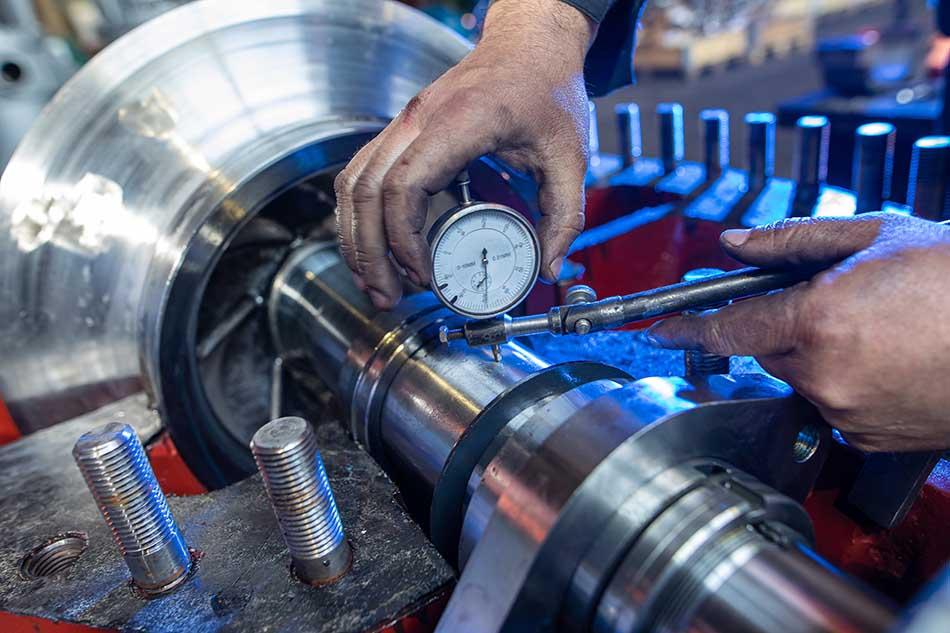What Is a Dedicated Spindle & Why Does It Matter?
In CNC machining, the spindle is one of the most important parts of the machine. It holds the cutting tool and controls how fast and accurately the machine cuts different materials. Most CNC machines come with general-purpose spindles that can handle multiple materials and machining tasks. These spindles work well for a variety of jobs but are not always the best for specific, high-precision applications.
That’s where dedicated spindles come in. These are custom-built spindles designed for a single machining function—whether that’s high-speed milling, heavy-duty metal cutting, or ultra-precise grinding. But why does this matter? If you work with specialized materials or require extreme accuracy, a dedicated spindle can increase efficiency, improve precision, and reduce machining errors.
However, because they are designed for a specific purpose, dedicated spindles need regular maintenance and proper care to keep them working at their best.
At In-House CNC, we have worked on hundreds of CNC spindle repairs and know firsthand how dedicated spindles can benefit businesses that need high-precision machining.
What Is a Dedicated Spindle?
A dedicated spindle is a CNC spindle designed for a specific machining task rather than general use. Unlike standard spindles that can handle various speeds, materials, and cutting operations, a dedicated spindle is optimized for one specific function.
For example, some dedicated spindles are built for high-speed machining, while others are made for heavy-duty cutting that requires high torque. This specialization improves efficiency and precision but also means that dedicated spindles require more specialized maintenance.
Common Types of Dedicated Spindles
Different industries have unique machining needs, so they require different types of dedicated spindles. Here are some of the most common types:
- High-Speed Spindles – Used in industries like aerospace and electronics, these spindles rotate at extremely high RPMs to perform fast and precise milling.
- Heavy-Duty Spindles – Designed for automotive and industrial machining, these spindles provide high torque and power to cut through tough metals like stainless steel and titanium.
- Grinding Spindles – Used in tool manufacturing and die-making, these spindles are built for smooth and precise surface grinding, ensuring a flawless finish on parts.
- Micro-Machining Spindles – Commonly found in medical device manufacturing, these spindles are engineered for small, delicate parts that require extreme precision.
Each of these spindles is optimized for a specific function, which allows them to perform better and last longer than general-purpose spindles—as long as they are properly maintained.
Benefits of Using a Dedicated Spindle
If your business requires high-precision CNC machining, switching to a dedicated spindle has major advantages over using a general-purpose spindle.
More Precision & Accuracy
Dedicated spindles are built for a single, specialized task, which means they are far more accurate than general-purpose spindles. Since they are engineered for a specific type of cutting, they experience less vibration and deflection, leading to smoother, more precise cuts. This results in:
- Better surface finishes on machined parts.
- Higher consistency in production, ensuring all parts are identical.
- Less material waste due to machining errors.
For industries like aerospace, medical, and high-performance automotive manufacturing, even the smallest machining mistake can cause a part to fail. A dedicated spindle helps eliminate errors and ensures top-tier accuracy in every cut.
Better Performance for Specific Materials
Each material—such as aluminum, steel, titanium, or composite plastics—requires different cutting speeds, torque, and feed rates. A dedicated spindle is designed specifically for one material type, allowing for:
- Less heat buildup, which prevents tool damage and warping.
- Lower tool wear, meaning cutting tools last longer before needing replacement.
- More efficient machining cycles, reducing overall production time.
For example, a high-speed spindle made for aluminum machining is optimized to cut fast without overheating. On the other hand, a heavy-duty spindle designed for stainless steel operates at lower speeds but delivers higher torque, ensuring a clean, precise cut without machine tool damage.
Longer Spindle Life (When Properly Maintained)
Since dedicated spindles are engineered for a single function, they tend to last much longer than general-purpose spindles—but only if they are properly maintained.
Spindles experience constant wear and tear, especially when running at high speeds or cutting through tough materials. However, with regular lubrication, cooling system maintenance, and proper cleaning, a dedicated spindle can last for years without major issues.
- Some maintenance steps that increase spindle lifespan include:
- Checking and replacing worn bearings to prevent runout.
- Ensuring proper lubrication to reduce friction and overheating.
Keeping coolant systems clean to prevent blockages that lead to spindle damage. Without routine maintenance, even the most well-built spindle can break down—leading to expensive repairs and machine downtime.
Higher Cutting Speeds & Improved Efficiency
A dedicated spindle is designed to run faster than a general-purpose spindle while maintaining accuracy. This allows CNC machines to:
- Increase cutting speeds without sacrificing precision.
- Reduce production time, allowing businesses to make more parts in less time.
- Cut down on waste, since fewer parts are ruined by machining errors.
For example, a dedicated grinding spindle used in tool manufacturing can maintain ultra-tight tolerances even at high speeds. This eliminates the need for rework, saving time and reducing material waste.
By using a dedicated spindle, manufacturers can optimize their machining process and increase overall productivity.
Challenges of Dedicated Spindles
Even though dedicated spindles have many benefits, they also have some downsides that businesses need to consider before buying one.
More Frequent Maintenance Is Required
Because dedicated spindles run at higher speeds and handle tougher machining processes, they wear down faster than general-purpose spindles. This means:
- They need regular lubrication to prevent friction and overheating.
- The cooling system must be checked often to keep the spindle from overheating.
- Spindle alignment needs to be inspected to prevent machining mistakes.
Without regular maintenance, a dedicated spindle can break down faster, causing expensive repairs and production delays.
Repairs Can Be More Expensive
When a dedicated spindle breaks or wears out, fixing it can be more expensive than repairing a general-purpose spindle. This is because specialized parts may be needed, which cost more and are harder to find. Expert repair services are often required to recalibrate the spindle and restore precision. This is important to know for businesses that rely on dedicated spindles for high-volume production should plan for regular maintenance and have a repair plan in place to reduce downtime.
Limited Flexibility
Unlike general-purpose spindles, which can be used for many different jobs, a dedicated spindle is built for one specific task. This means It can’t be easily switched to a different machining process, and It may not be cost-effective for businesses that frequently change production needs.
For example, if a company cuts aluminum and buys a dedicated spindle for high-speed aluminum machining, it won’t work well for cutting steel. This means they might need multiple spindles for different tasks.
Because of this, businesses should think carefully about their long-term machining needs before investing in a dedicated spindle.
Common Problems with Dedicated CNC Spindles & How to Prevent Them
Even though dedicated spindles are designed for high performance, they still wear out over time. Here are some of the most common problems and how to prevent them.
Overheating & Heat Damage
The Problem: If a spindle motor runs too fast for too long, or doesn’t have proper cooling, it can overheat. This can lead to bearing failure, which makes cuts less precise, and tool damage.
The Fix: Monitor coolant flow and check the cooling system regularly.
Adjust spindle speeds based on the material being cut.
Clean coolant lines to prevent blockages that cause overheating.
Spindle Bearing Wear & Runout
The Problem: Bearings help the spindle rotate smoothly, but high-speed use can wear them out, causing spindle misalignment and inaccurate cuts.
The Fix: Replace worn spindle bearings before they fail.
Use proper lubrication to reduce friction and wear.
Check spindle alignment regularly to maintain accuracy.
Should You Invest in a Dedicated CNC Spindle?
A dedicated spindle is worth the investment if you:
- Need high-precision machining for one type of material or process.
- Have high production volumes and want a spindle that improves efficiency.
- Can commit to regular maintenance to keep the spindle working properly.
- Want to increase machining speed and reduce cutting errors.
However, if you frequently switch between different machining jobs, a general-purpose spindle may be a better choice.
Keep Your Dedicated Spindle in Top Condition
Dedicated CNC spindles offer unmatched precision and efficiency, but they must be properly maintained to keep running at peak performance. Without regular servicing, even the best spindle can break down, causing costly repairs and production delays.
📞 Call In-House CNC Today at (951) 540-4820 for Expert Dedicated Spindle Repair & Maintenance!




